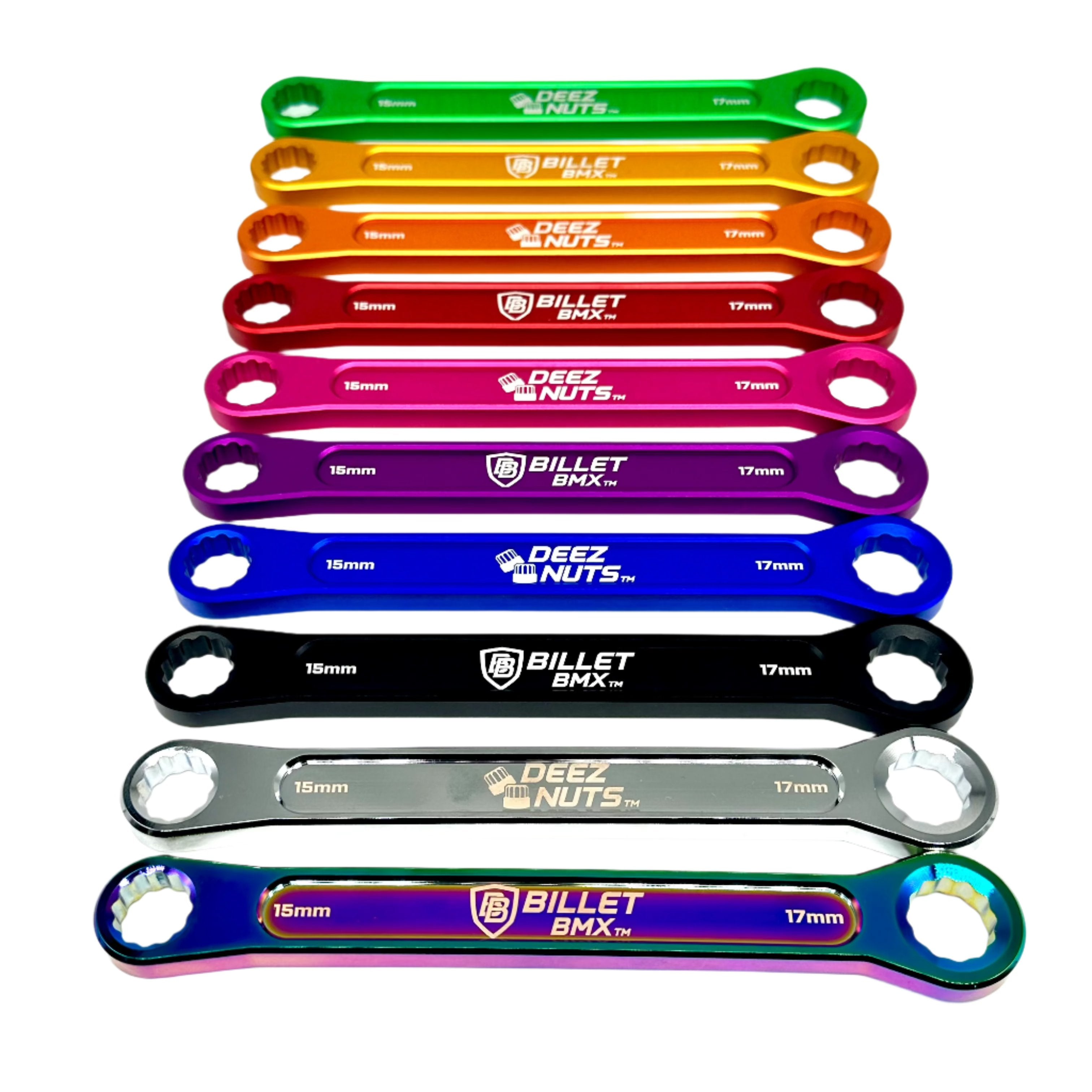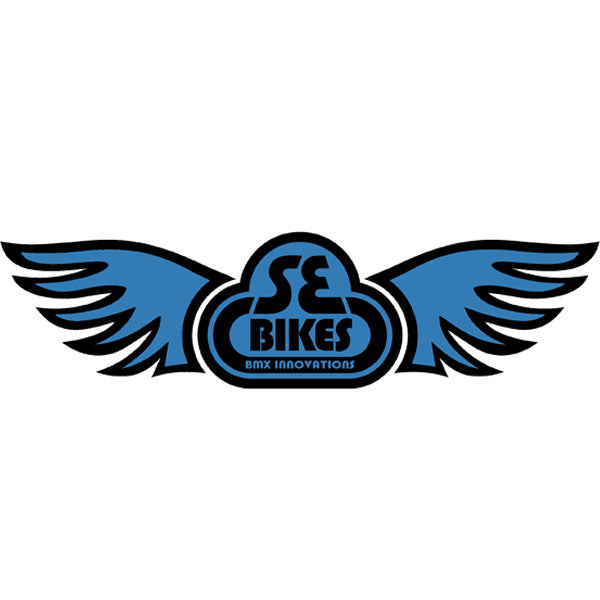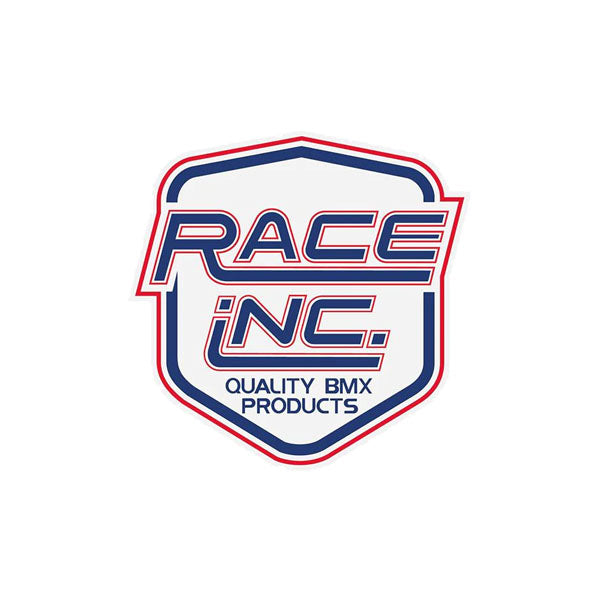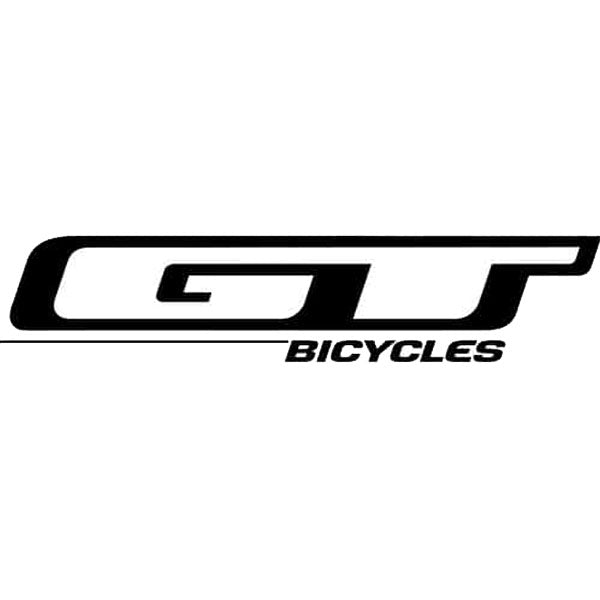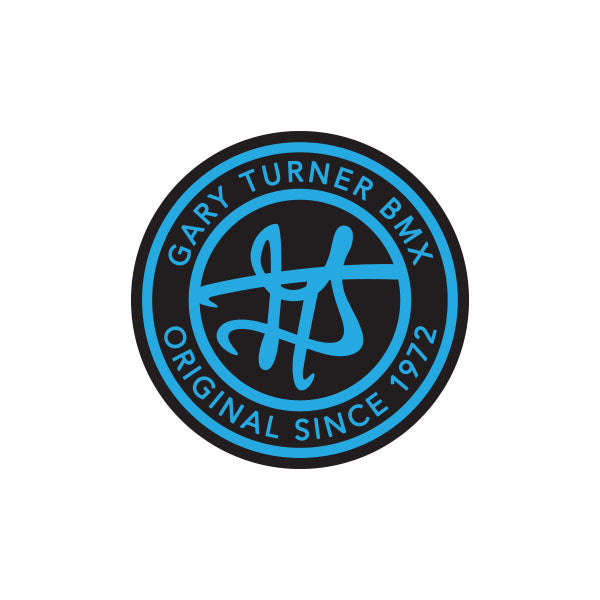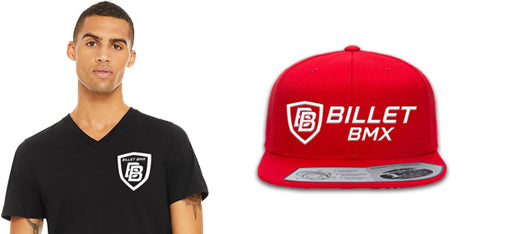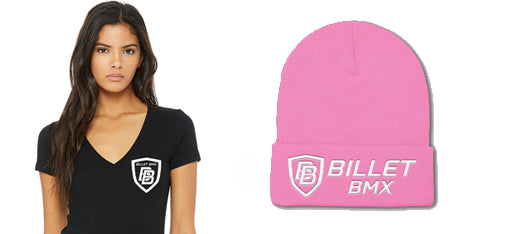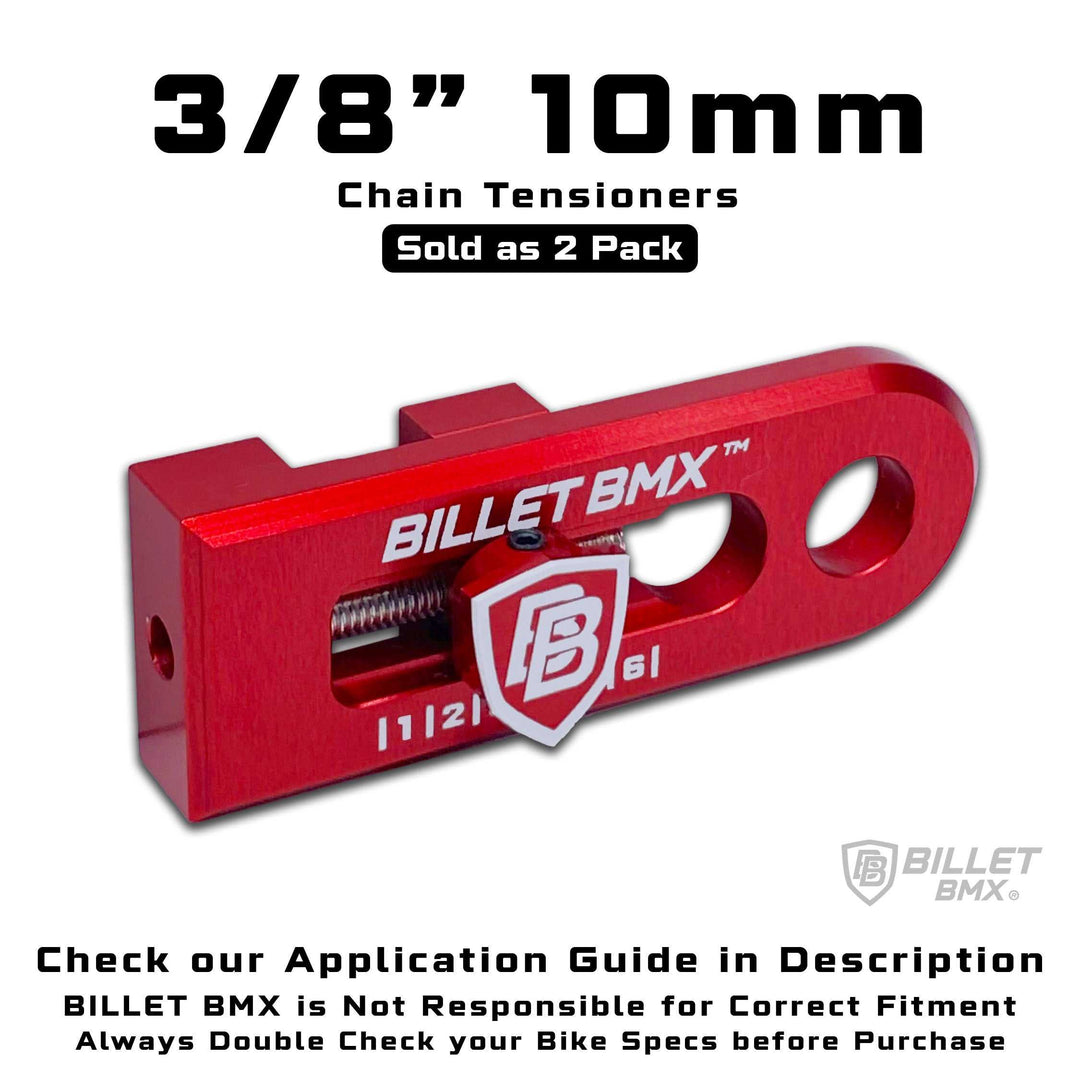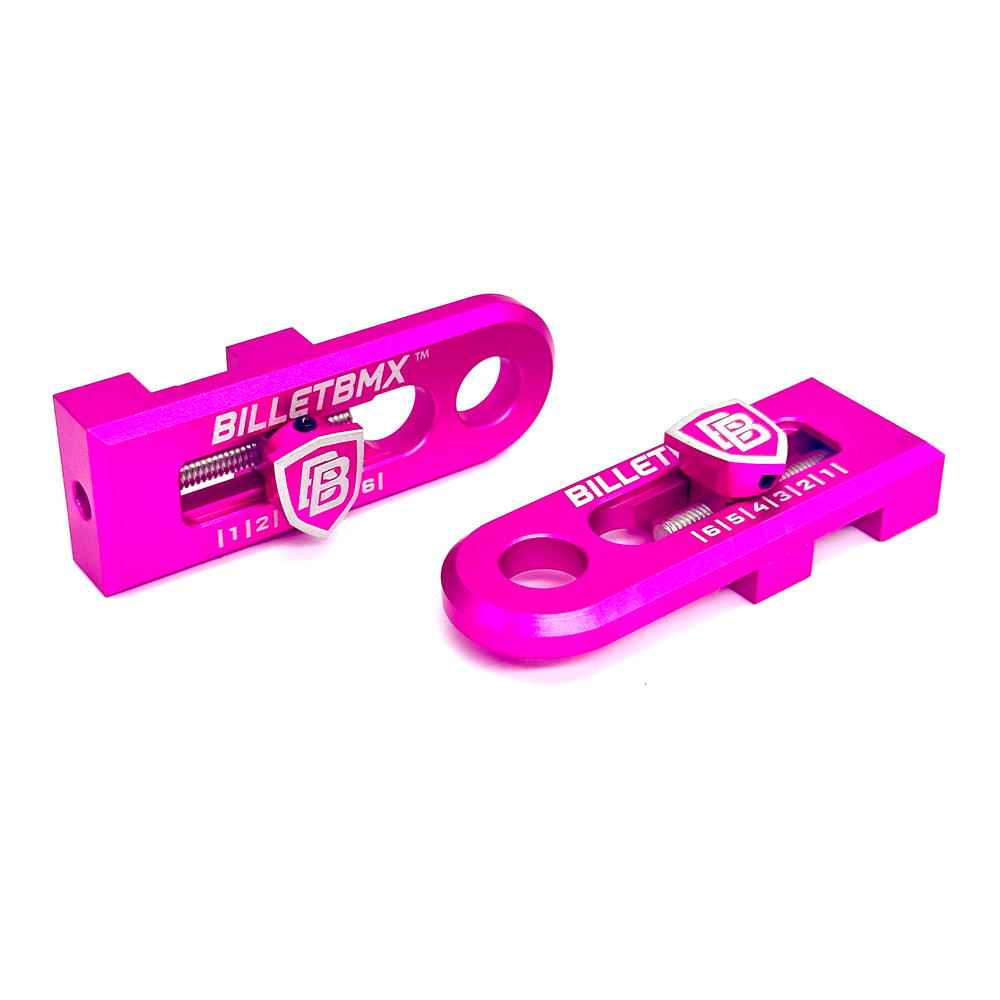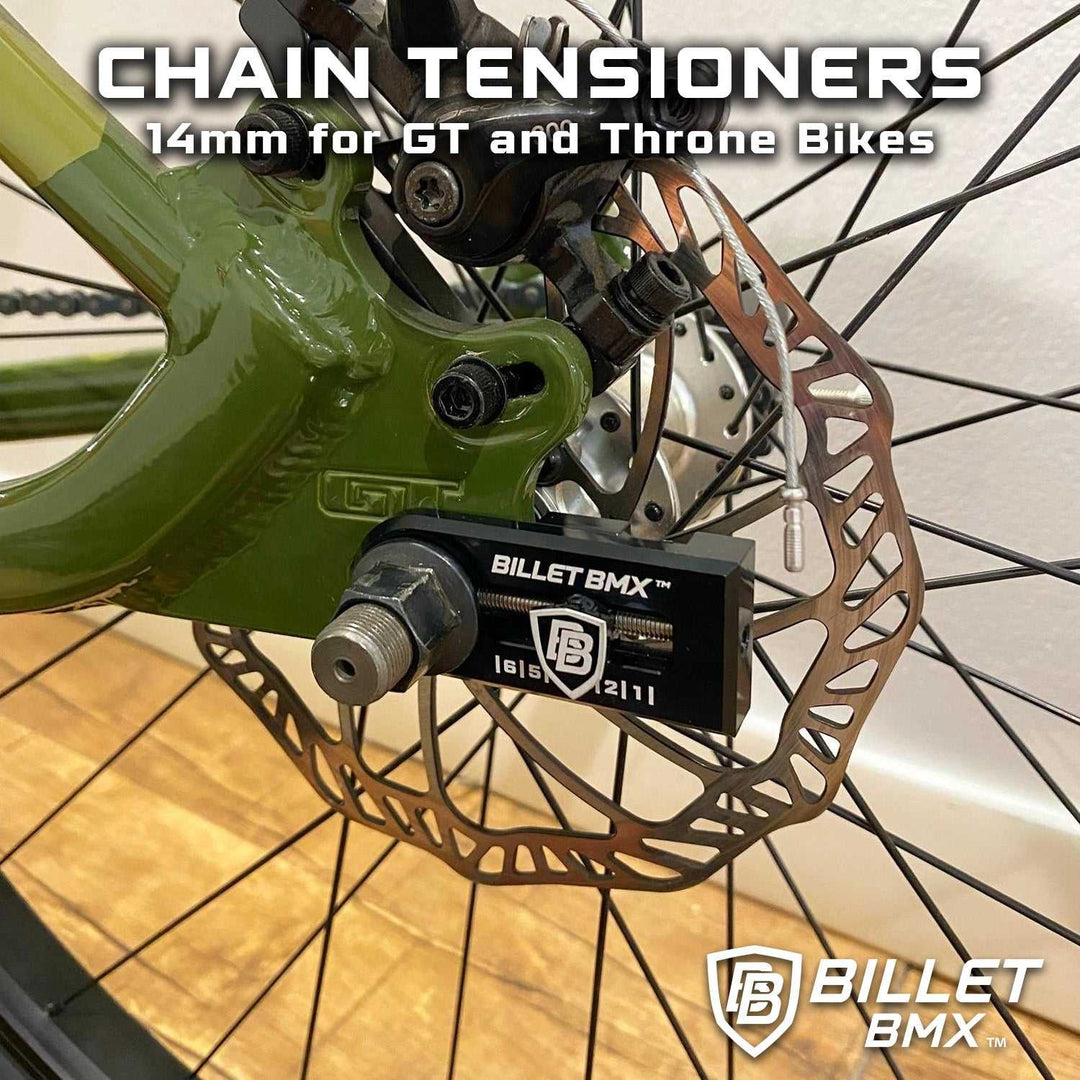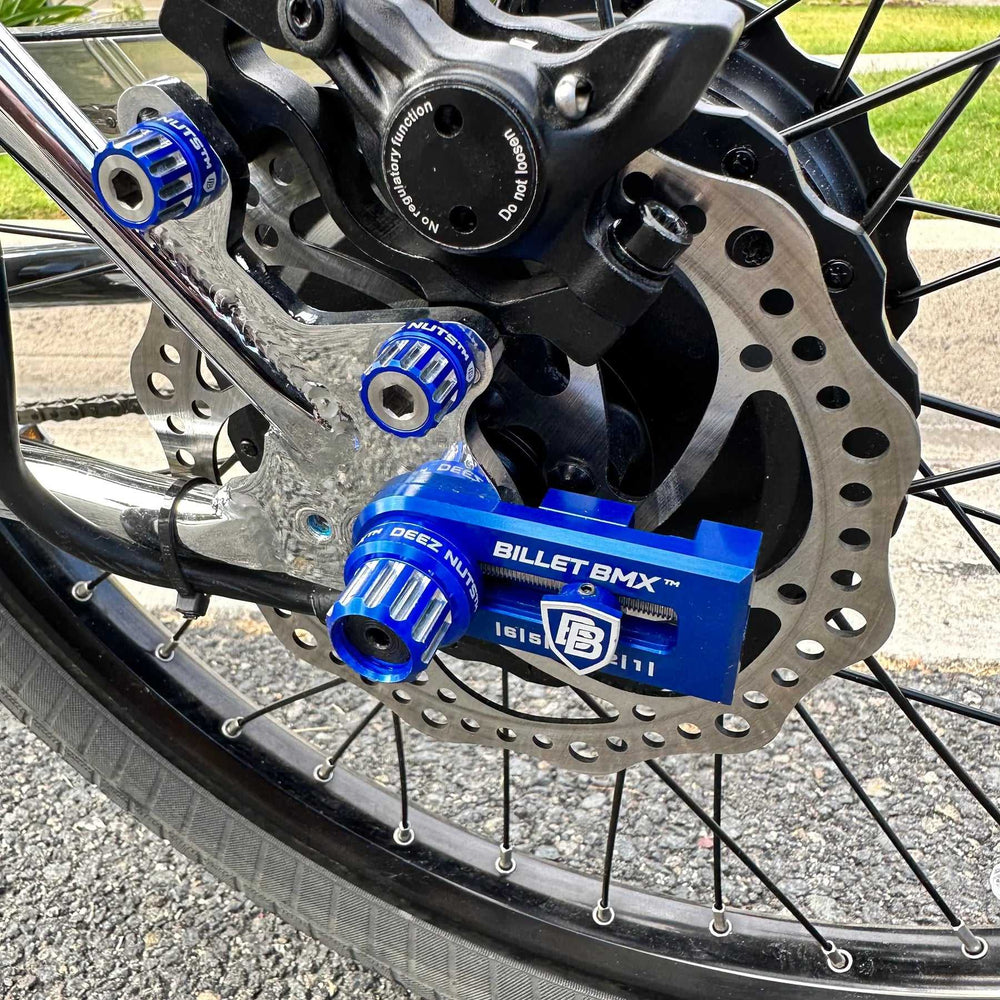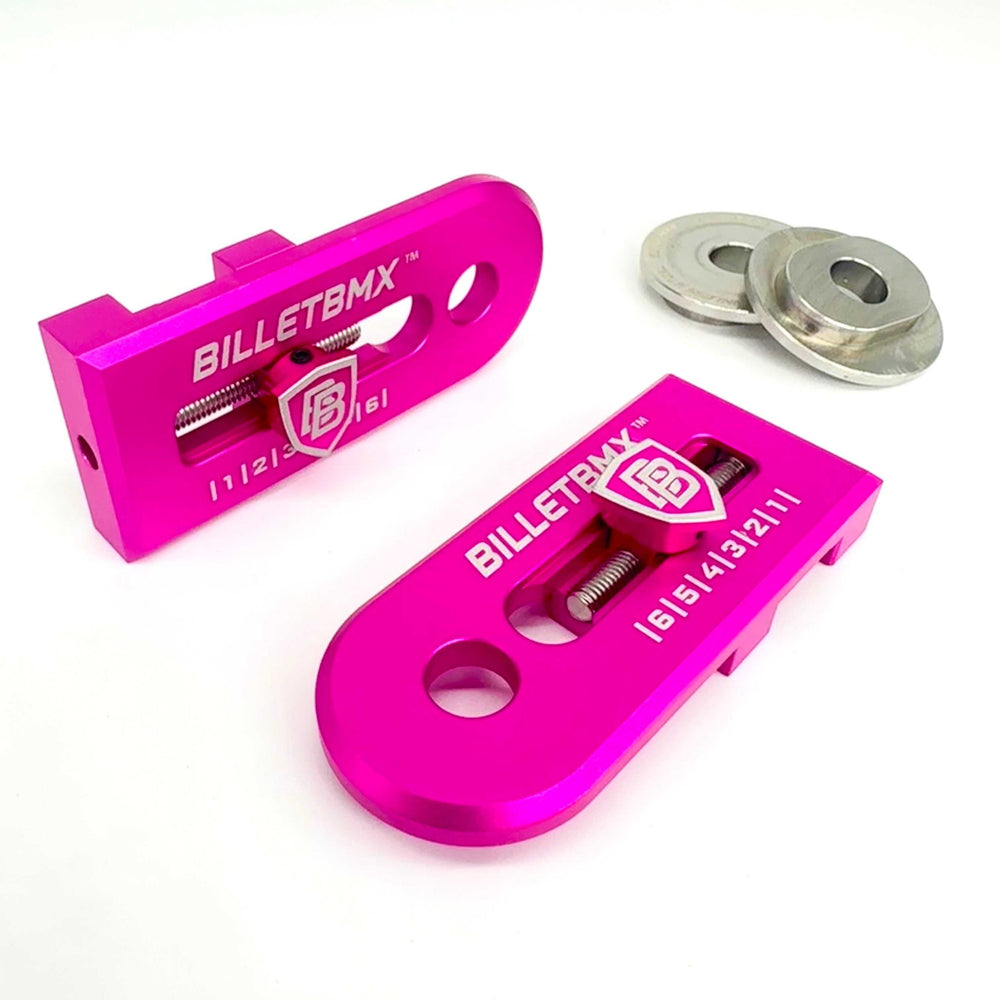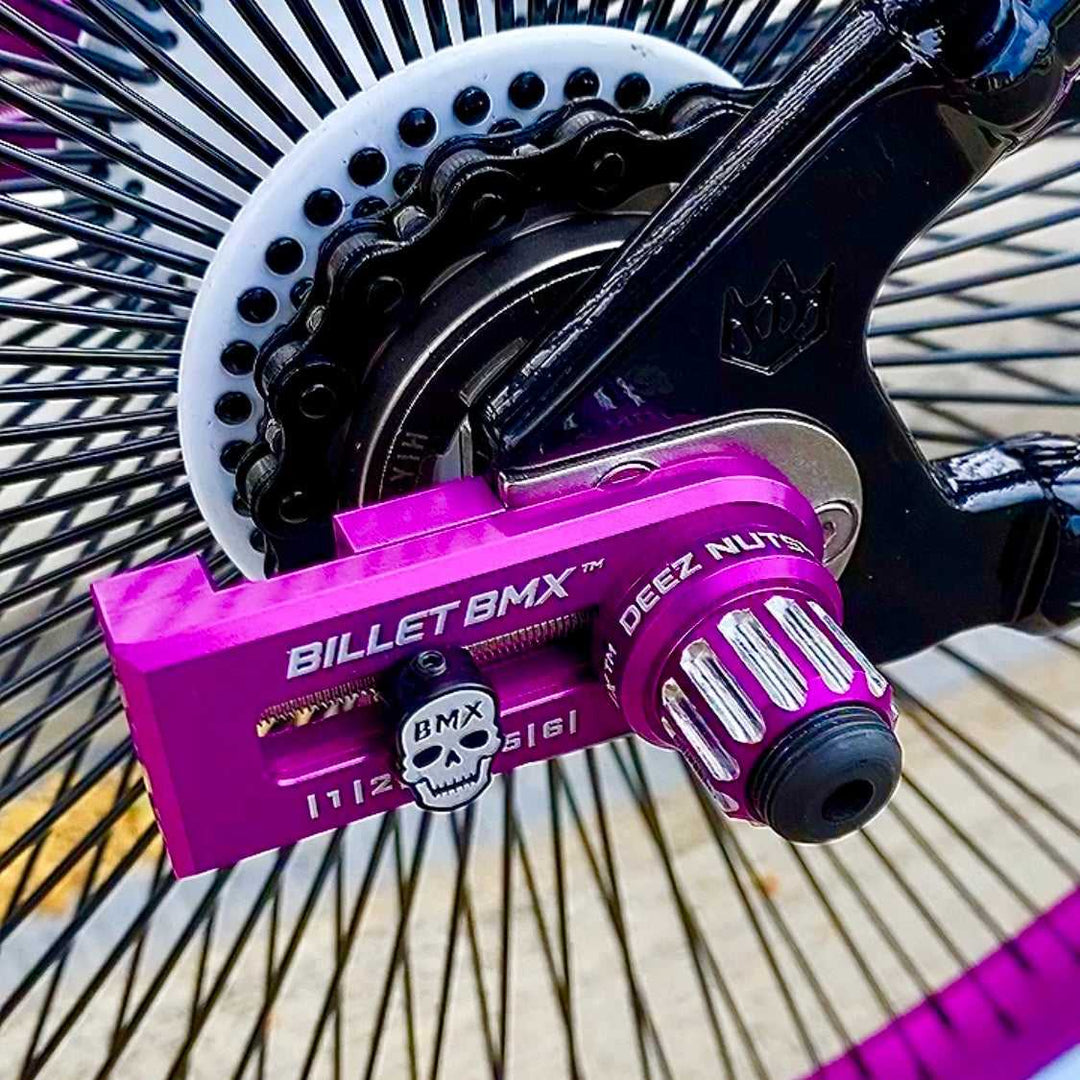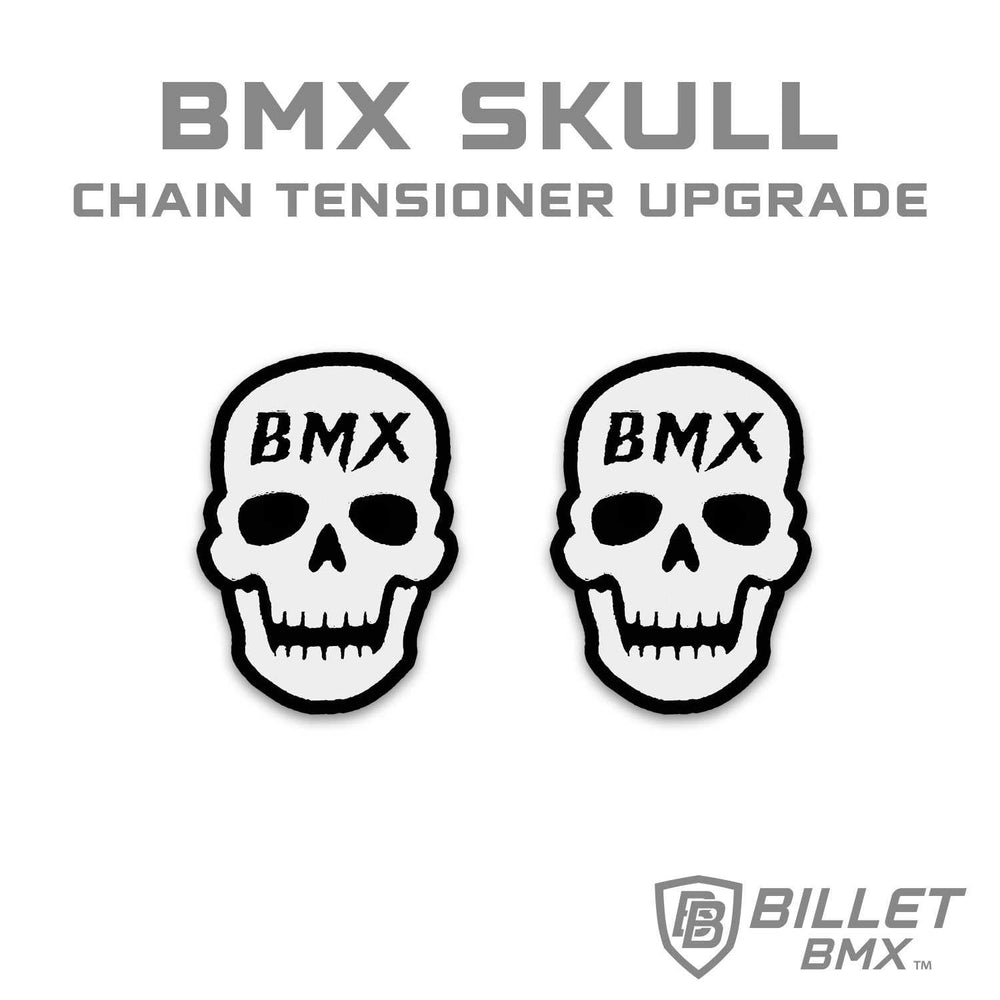How to Pick the Right BMX Handle Bar: Pro Tips Inside

Choosing the right BMX handle bar can completely transform your riding experience whether you’re hitting the track, the street, or your favorite dirt jumps. Bars aren’t just about looks; they influence how your bike feels, handles, and performs under pressure.
If you’re upgrading your BMX or building a fresh setup, here’s a breakdown of what to look for, plus some pro tips to help you dial in the perfect bars.
1. Understand the Key Measurements
When it comes to BMX handle bars, there are four main specs to pay attention to:
- Rise: How tall the bar is from the clamping area to the top. More rise gives you a higher, more upright position great for street and freestyle. Lower rise is better for racing where a more aggressive stance helps with sprints.
- Width: How wide the bars are from end to end. Wider bars provide more control, but if they’re too wide, they can slow down your steering. Many riders cut bars to their preferred width.
- Upsweep: The upward angle of the grip area from the center. Usually between 1°-5°, upsweep affects wrist comfort.
- Backsweep: The backward angle of the grips. Typically around 10°-12°, this helps align your hands naturally and relieves wrist strain.
2. Match Bars to Your Riding Style
For Street & Park
You’ll want bars with more rise (8.5” to 10”) for easier bunny hops, manuals, and spins. A comfortable back sweep helps for long sessions. Wide bars give you better leverage for tricks.
For Racing
Lower rise bars (7” to 8”) keep your weight forward, helping with explosive sprints out of the gate. They’re also lighter, which makes a difference on the track.
For Dirt Jumps
Medium rise bars are popular around 8” to 8.5” giving you control in the air without sacrificing pop.
3. Choose the Right Material
Most BMX bars are made from chromoly steel, known for its strength and ability to flex slightly under stress, which helps absorb impacts.
Look for heat-treated, multi-butted chromoly bars. These are lighter and stronger because the tubing is thicker where needed and thinner elsewhere.
4. Consider Bar Diameter and Clamp Size
Most BMX handlebars use a 22.2mm clamp area, standard for BMX stems. Oversized options (like 25.4mm) exist for extra stiffness, popular with big street riders.
Before buying, double-check your stem to ensure compatibility.
5. Don’t Overlook Your Grips & Bar Ends
The right grips can completely change your comfort and control. Softer compounds are easier on your hands for long sessions, while harder grips last longer.
Bar ends protect both you and your bars. Metal ends are more durable, but plastic ones save weight.
Final Pro Tips for Dialing in Your Setup
-
Cut to your width: If your bars feel too wide, measure shoulder-to-shoulder and trim them down.
-
Try slight adjustments: A tiny roll forward or back in the clamp changes the wrist feel dramatically.
-
Replace when needed: Bars take a beating. If you spot deep dents or cracks replace them before they fail.
Ready to Upgrade Your BMX Handle Bars?
At Billet BMX, we stock high-quality BMX handlebars from trusted brands whether you ride park, street, or track. If you’re not sure what’s best for your bike, shoot us a message. We’ll help you pick the perfect setup so you can ride with confidence.



